Emil Bührle and the art of war
The Bührle art collection will find a new home in the Zurich Kunsthaus in 2021. But the story behind it remains controversial. Who was Emil Bührle? And how did this German from a modest background become Switzerland’s wealthiest man and a world-renowned art collector?
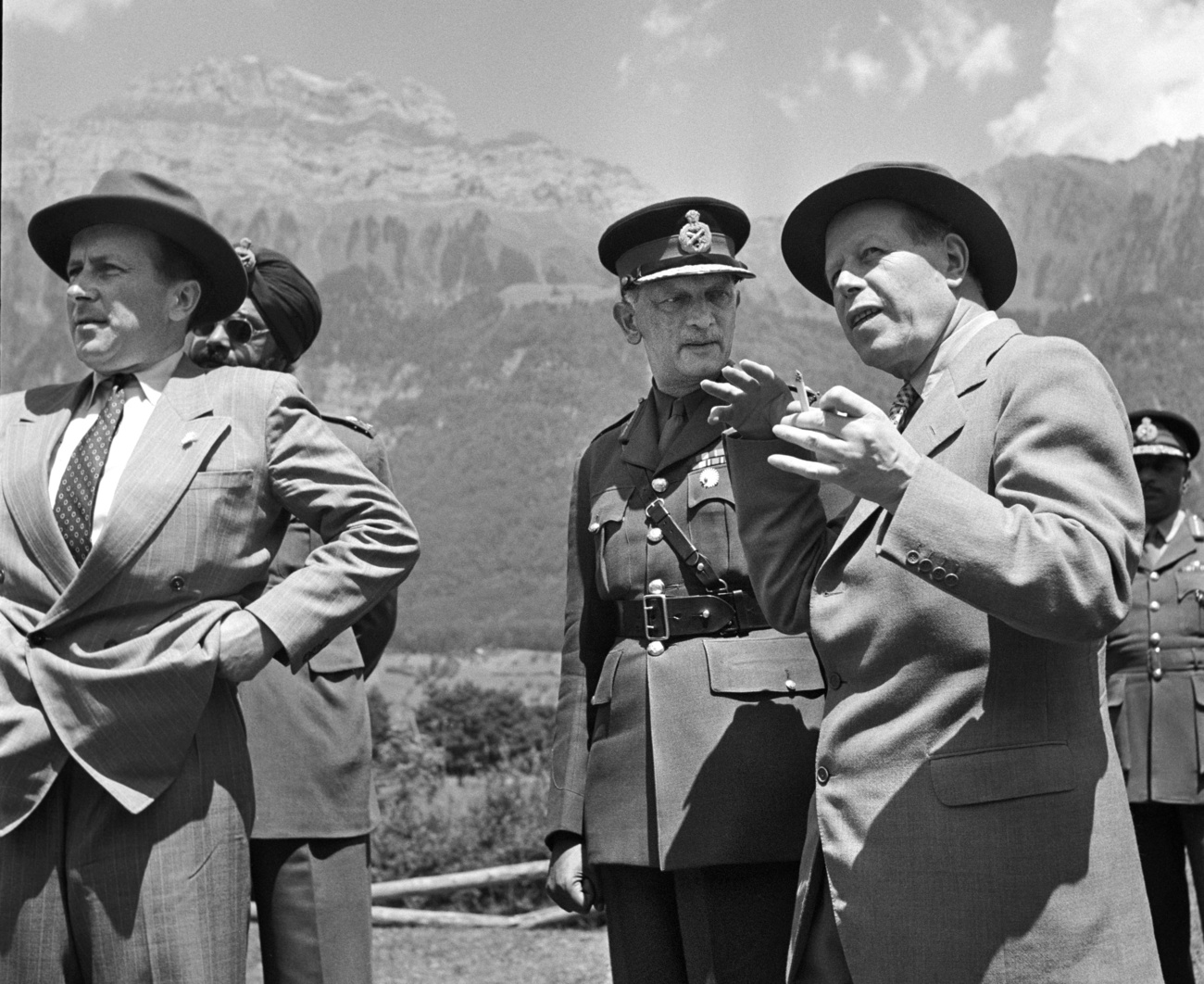
“In 1924, Emil Georg Bührle arrived in Switzerland with his wife, three pictures, and a job,” is how Mathieu Leimgruber sums it up. The Zurich university historian led the studyExternal link commissioned by the city and canton of Zurich to investigate the controversial art patron and arms dealer.
Bührle was the son of a German tax inspector and he grew up in Freiburg im Breisgau, where he studied art history and literature. The outbreak of the First World War put paid to his studies, however. His experience at the front transformed him into a man who “looked harsh realities straight in the eye”, to use his own words, which express a macho warrior worldview that was typical for his time.
At the end of the war he did not return to civilian life right away, but served as an officer in one of the volunteer corps involved in putting down the communist insurrection in Germany. Around this time he met his future wife, Charlotte Schalk, who was the daughter of a Magdeburg banker. “His involvement with the Schalk family was a key experience for him,” notes Leimgruber.
In Switzerland, for Germany and himself
His father-in-law, whose rigidly conservative views he shared, gave Bührle an entry into the mechanical engineering industry. Bührle left military life and went to work for the Magdeburg machine and tool factory. In 1924 he was sent to Switzerland, where his German company had just taken over the Oerlikon machine tool factory.
In a short period of time, thanks to the patent for an automatic cannon acquired from another company, the Oerlikon operation became an arms manufacturer. In his new job, Bührle made contacts with an industrial and military network present in several countries, with branches in the Swiss elite, which was secretly working to rearm Germany. Thus began the rise of the young industrialist.
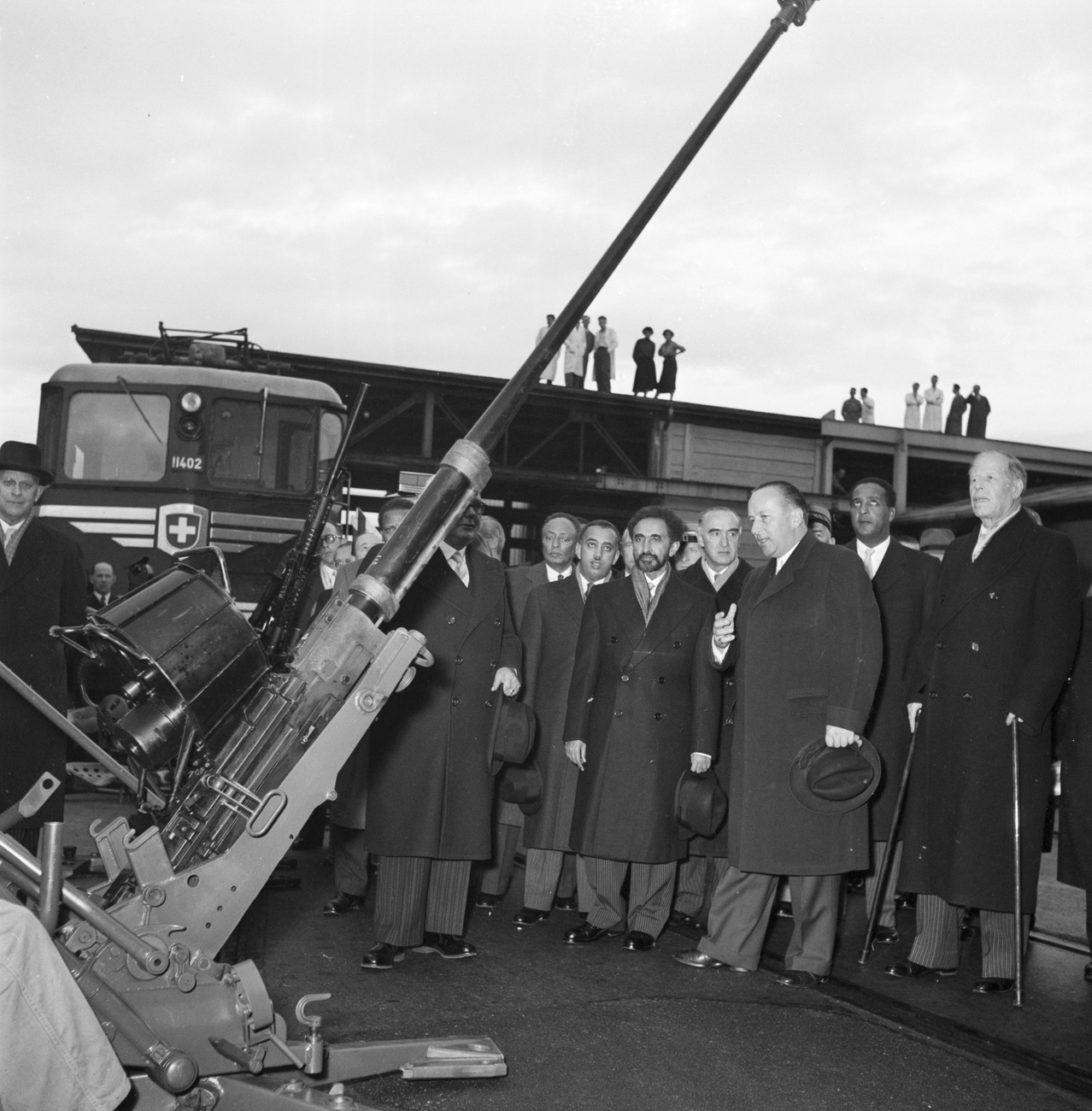
Bührle moved well in these circles, and also developed very good contacts among high-ranking military men in Germany. But with the opportunistic streak that was characteristic of the man, he managed to strike a careful balance between his relationship with Germany and his own personal ambitions. He sold arms not only to Germany, but to other countries as well, including the Soviet Union and later Republican Spain.
Gradually, too, using capital provided by his father-in-law, he managed to take over the Oerlikon factory himself. In 1938 he became sole shareholder and transformed the company into a limited partnership. He was now taking all the risks, but benefting from all the opportunities too.
Emil Bührle’s life story is closely linked with the story of Zurich’s main art museum. In 1943, Bührle presented part of his collection in the Kunsthaus for the first time.
In 1952, he personally covered all the costs for the first extension of the museum. The inauguration of the new wing did not in fact take place until after his death, in 1958.
Next year, the 200 or so works belonging to the Bührle Foundation will be housed in the new Kunsthaus building, designed by British architect David Chipperfield.
The industrialist widens his network
Around this period, Bührle was rising rapidly in his chosen career. As well as his fortune, his social standing was also on the rise. The founding of his companies Contraves in 1936 and Pilatus in late 1938, both of them spurred by advances in aviation, put him in contact with the highest political and industrial circles.
His gradual integration into the economic elite, accompanied by increasing availability of financial resources, was also helped by his naturalisation in 1937. “Among the industrialists, Bührle still sometimes encountered standoffishness, but he could count on the interest of the banks, which saw him as an investment opportunity,” notes Leimgruber.
In 1939 he became part of the executive of the employers’ association in the mechanical engineering sector. His art collection, already considerable, opened the doors of the Kunstgesellschaft (the art society of Zurich) to him in 1940.
War profits
Up until the late 1930s the Oerlikon factory was a growing firm, but still fairly marginal. Then everything changed with the outbreak of the Second World War. The first orders started coming in from France and Britain, to a value of CHF60 million. Soon, however, exports were going almost exclusively to the Axis powers.
Between 1940 and 1944 Bührle sold armaments worth CHF400 million to Germany and CHF100 million to Italy. Indirectly, and to a limited extent (CHF 870,000), Bührle profited from forced labour in Germany, through a licensing arrangement with Ikaria to produce aircraft cannons.
The war industry, which previously had made up a rather modest proportion of Swiss exports, made up 14% of total exports by 1941. The Oerlikon factory had a major role in this growth. During the war years, Emil Bührle’s personal fortune grew exponentially. By 1945 it amounted to CHF160 million. He became canton Zurich’s biggest taxpayer.
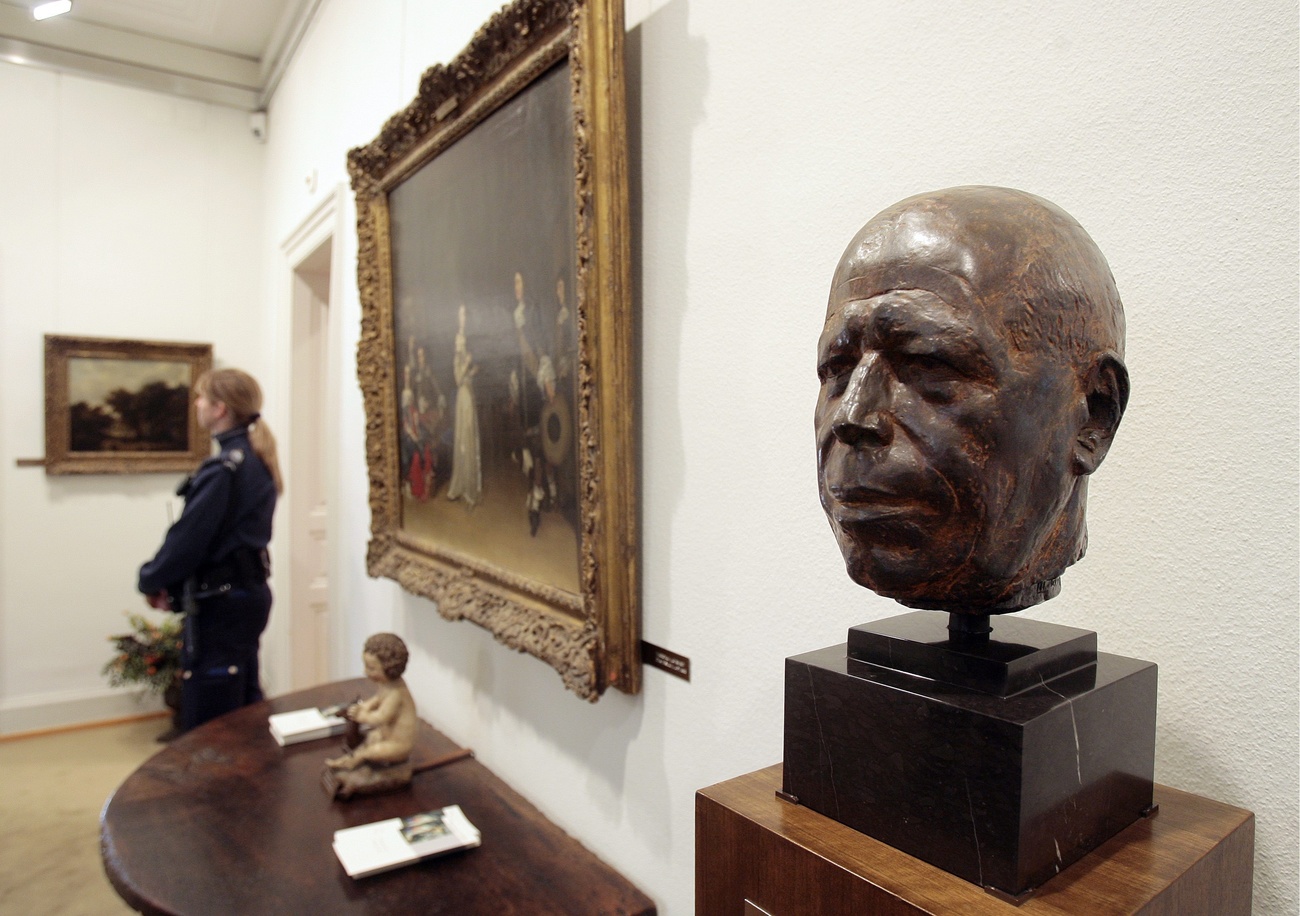
Anti-communist at height of success
As the war ended, Bührle started to get into some difficulties. In October 1944 the Swiss federal government placed a ban on all arms exports, and renewed it in June 1946. Meanwhile, Bührle was on an Allied blacklist due to his close trading relations with Germany.
Bührle benefited from the persecution of Jews to build up his art collection. But was he himself antisemitic? The University of Zurich study quotes a document in which, reacting in 1940 to a cartoon in the satirical magazine Nebelspalter, he uses the stereotype of the greedy Jewish industrialist.
There is not enough here to be sure, but it suggests that the naturalised Swiss industrialist shared the antisemitic views current at the time.
Bührle now tried diversifying production. At the same time, the Washington Agreement of 1946External link allowed Switzerland to defuse the animosity of the Allies over its wartime trading relations with the Axis. The normalisation of relations with the Western powers, and the new rivalry of East and West with the start of the Cold War, opened up new opportunities for armaments manufacturers. Bührle, along with others active in the sector, campaigned successfully for laxer export regulations.
By 1948 new ballistic missiles developed by Bührle’s company had aroused the interest of the American armed forces. In 1951 Washington decided to use these in the Korean war. Although there were some doubts among the political leadership in Switzerland, Bührle won a permit to export 300,000 of the missilies to the US in 1953. Around the same time, the Swiss army was investing in a wide-ranging rearmament programme.
Bührle, now the richest man in Switzerland, was at the height of his glory. His long-standing anti-communism fitted perfectly with the strategic worldview of the Western powers, and he now had a worldwide reputation as an art collector. In 1955 Fortune magazine named him one of the world’s top five collectors. A year later Emil Bührle died of a heart attack.
Opportunism of a collector
The story of this industrialist of modest origins and reactionary sympathies who rose to the top of Zurich society and the European armaments industry is tied with his art collection. The collection grew in parallel with his business success, but it was also an important factor in that success.

More
Bührle Collection masterpieces on show in Lausanne
“Bührle certainly had a passion for art, but he was also very much aware of the social prestige that was bound up with this role as a collector and art patron,” notes Leimgruber. “Art collecting was a way of integrating himself into the Zurich elite.”
When he arrived in Switzerland, Bührle owned just three works of art. By 1940 his collection included over 50 paintings and sculptures, and during the war years he added 90 more. In the 1950s, with his profits increasing exponentially, he acquired more and more art. At Bührle’s death, the collection consisted of 638 works of art.
It is known that 13 works acquired by Bührle during the war belong to the category of stolen art; they were works confiscated from Jews. After the war the industrialist had to restore them to their legitimate owners. In later years he bought some back. But apart from stolen art in the narrow sense, Bührle did not scruple to profit from opportunities on the art market created by the liquidation of collections belonging to Jews fleeing from Europe.
The Bührle collection is a product of wartime, no doubt. But should it be put on show? “Yes. If it’s hidden away it won’t be talked about. And we need to talk about it,” says Leimgruber.
Following accusations from a former participant in the research project, which were picked up by the press, the University of Zurich had the study on Emil Bührle reviewed by two outside historians, Jakob Tanner and Esther Tisa Francini.
The accusations particularly concerned the editing out of Bührle’s involvement in the anti-communist volunteer corps and his antisemitism, changes which were made at the suggestion of members of the steering committee for the study.
The outside evaluation confirmed the scholarly quality of the report, but found the intervention of the committee problematic from the point of view of “best practice” in historical research. The passages in question were restored or rephrased.
Translated from Italian by Terrence MacNamee

In compliance with the JTI standards
More: SWI swissinfo.ch certified by the Journalism Trust Initiative
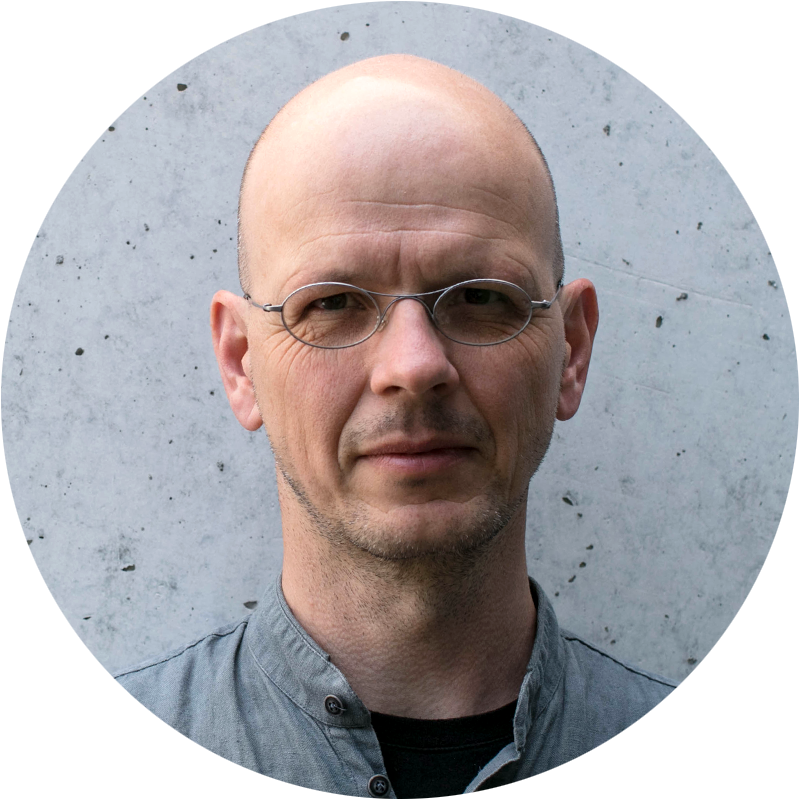








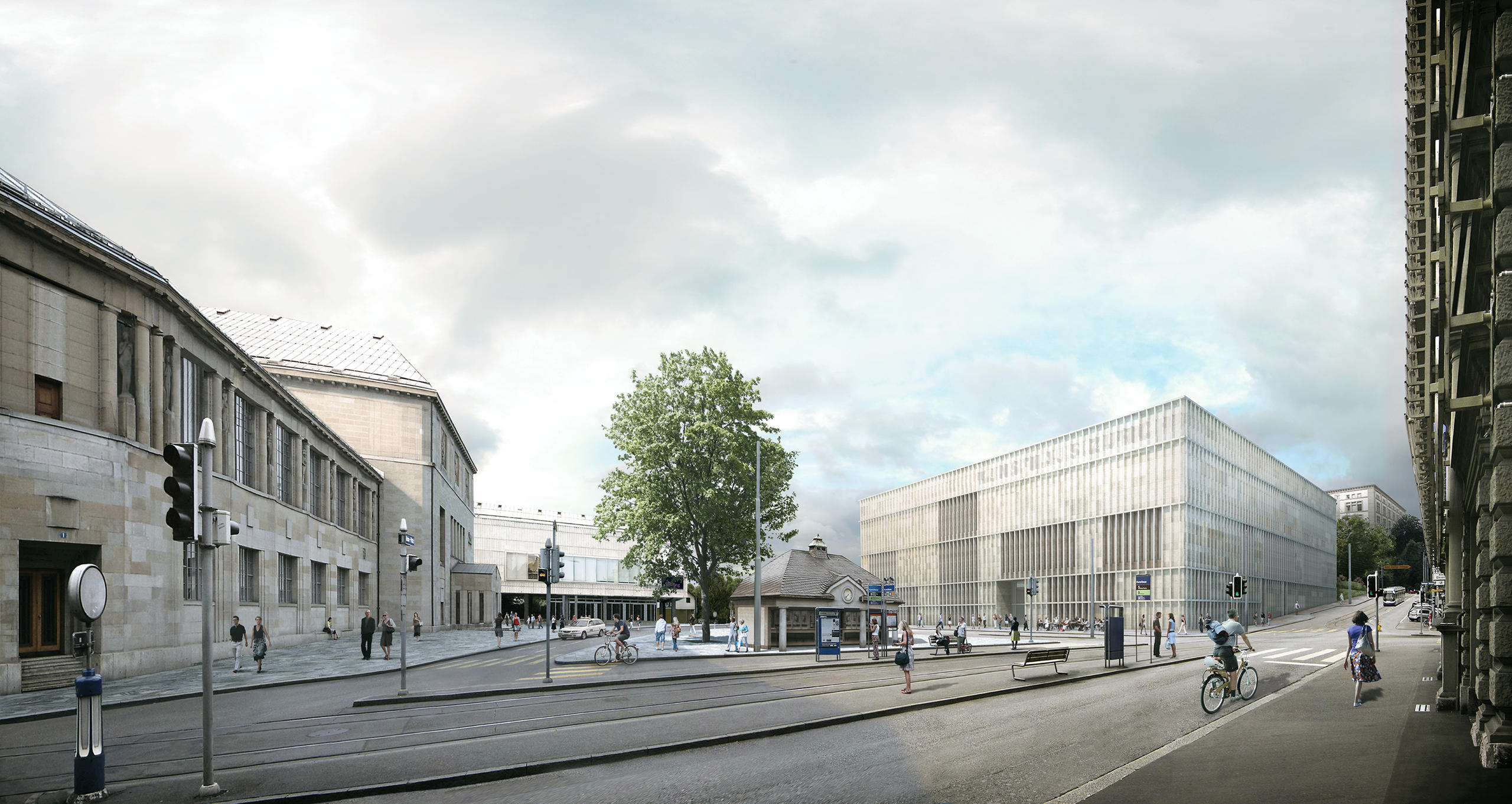
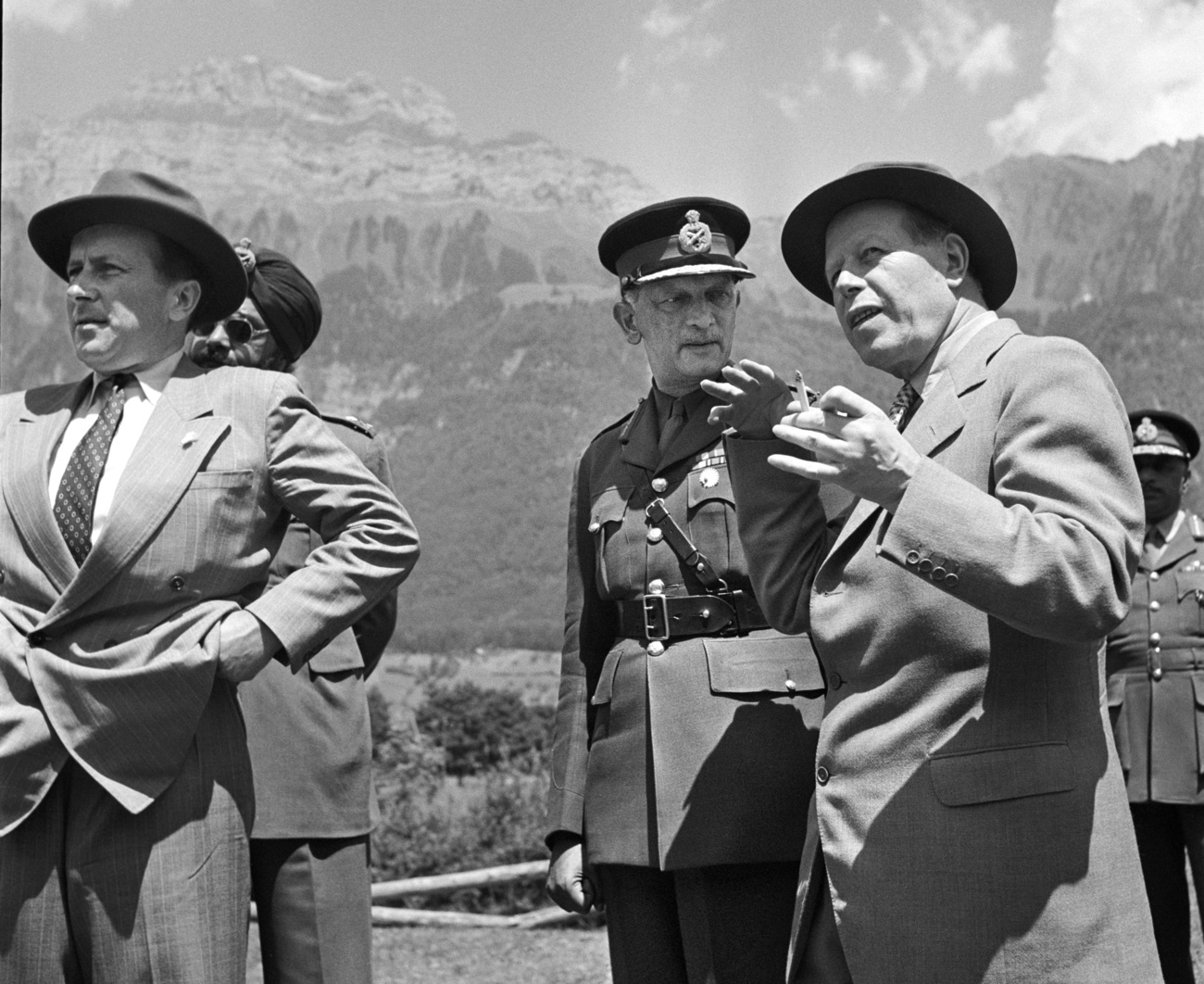
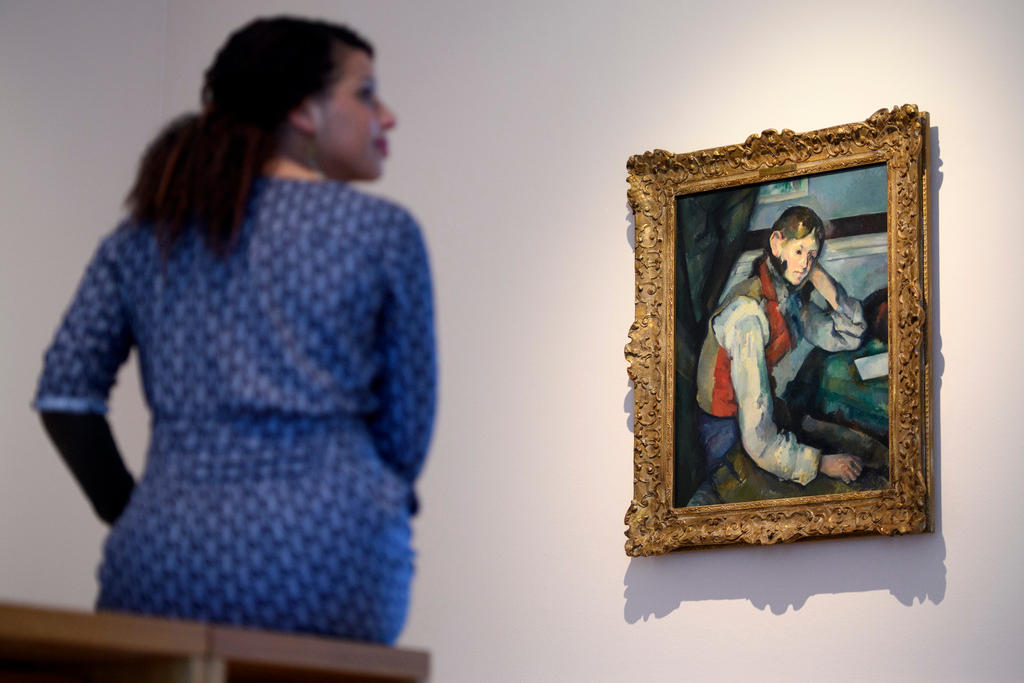
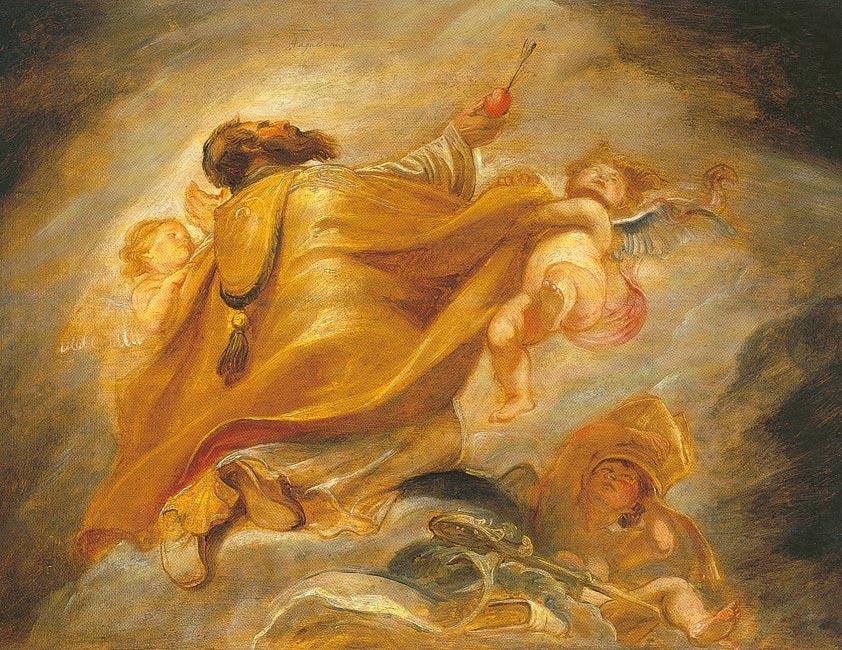
Join the conversation!